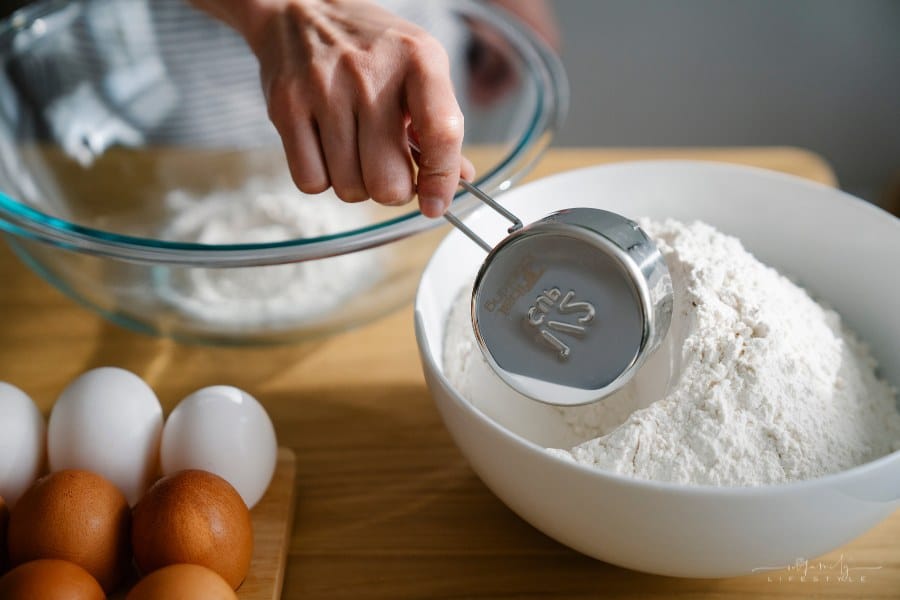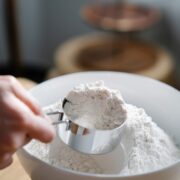Mastering Measurements: Understanding How Many Cups are in a Quart
Cooking is both an art and a science, and mastering the measurements is a key element to producing the perfect dish.
This post may contain affiliate links, which means I’ll receive a commission if you purchase through my links, at no extra cost to you. We are a participant in the Amazon Services LLC Associates Program, an affiliate advertising program designed to provide a means for us to earn fees by linking to Amazon.com and affiliated sites. [Learn more]
One of the most important things to know when cooking is how to convert units of measurement.
Whether you’re a seasoned chef or a beginner in the kitchen, understanding how many cups are in a quart is essential.
This knowledge can help you to avoid recipe disasters and ensure that your dishes turn out perfectly every time.
In this article, we’ll dive into the basics of measuring cups and quarts, learn how to convert between the two units, and provide some helpful tips to make your cooking experience easier and more enjoyable.
Let’s get started!
Mastering Measurements
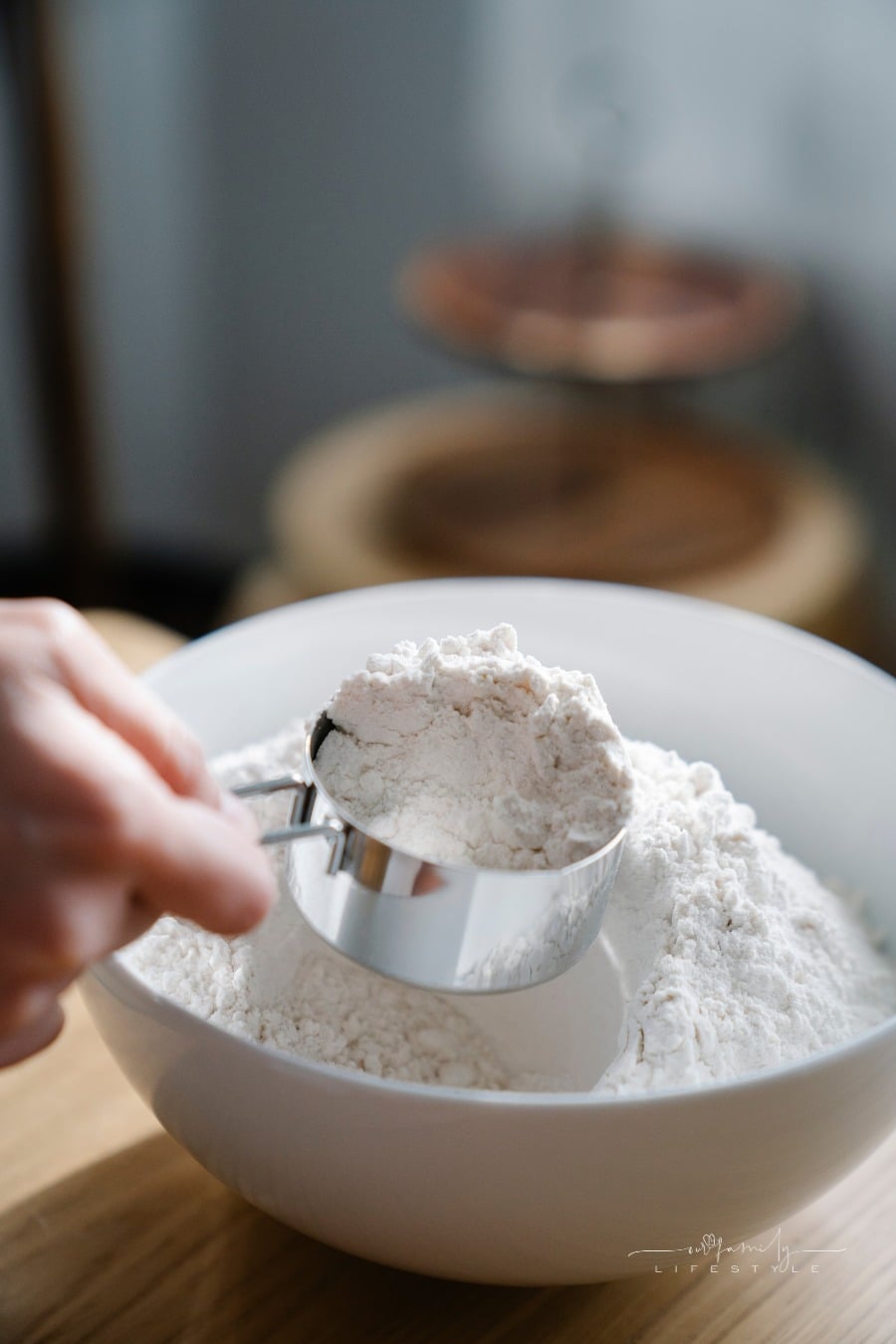
What is a quart and how is it used in cooking?
A quart is a unit of measurement that is commonly used in cooking. It is equal to 4 cups or 2 pints.
A quart is a larger unit of measurement than a cup, and it is used to measure liquids, such as milk, water, and oil. A quart can also be used to measure dry ingredients, such as flour and sugar.
In cooking, recipes often call for measurements in quarts. For example, a recipe might call for 2 quarts of chicken broth.
It is important to understand how to convert between quarts and cups so that you can measure the correct amount of ingredients for your recipe.
Understanding the conversion of quarts to cups
To convert quarts to cups, you need to know that 1 quart is equal to 4 cups. This means that if a recipe calls for 2 quarts of chicken broth, you will need 8 cups of chicken broth.
Similarly, if a recipe calls for 3 cups of water, you can convert that to quarts by dividing 3 by 4, which equals 0.75 quarts.
It is important to note that when measuring liquids, you should use a liquid measuring cup. This type of measuring cup is specifically designed to measure liquids accurately.
One common mistake that people make when measuring liquids is to use a dry measuring cup, which can lead to inaccurate measurements.
Common recipes that use quarts and cups
There are many common recipes that use quarts and cups as measurements. Some examples include:
- Soup recipes often call for quarts of broth or stock.
- Baking recipes often call for cups of flour or sugar.
- Smoothie recipes often call for cups of fruit or vegetables.
- Pasta recipes often call for quarts of water for boiling.
By understanding how to convert between quarts and cups, you can ensure that you are measuring the correct amount of ingredients for your recipe.
Tricks for quick conversions
If you need to make a quick conversion between quarts and cups, there are a few tricks that can help.
One method is to use your hand as a measuring tool. For example, a cup is approximately the size of your fist, while a quart is approximately the size of a 2-liter bottle of soda.
By visualizing these sizes, you can estimate the amount of ingredients that you need for your recipe.
Another trick is to memorize the conversion factor between quarts and cups. As mentioned earlier, 1 quart is equal to 4 cups.
By memorizing this conversion factor, you can quickly calculate how many cups are in a given number of quarts, or vice versa.
Tips for measuring accurately
Accurate measuring is essential for producing the perfect dish. Here are some tips to help you measure ingredients accurately:
- Use a digital scale for accurate measurements of dry ingredients, such as flour and sugar.
- Use a liquid measuring cup for accurate measurements of liquids, such as milk and water.
- Level off dry ingredients with a knife to ensure that you are measuring the correct amount.
- Use a spoon to scoop ingredients into a measuring cup, and then level off with a knife.
- Don’t pack down dry ingredients, such as flour or brown sugar, as this can lead to inaccurate measurements.
By following these tips, you can ensure that you are measuring ingredients accurately and producing the perfect dish every time.
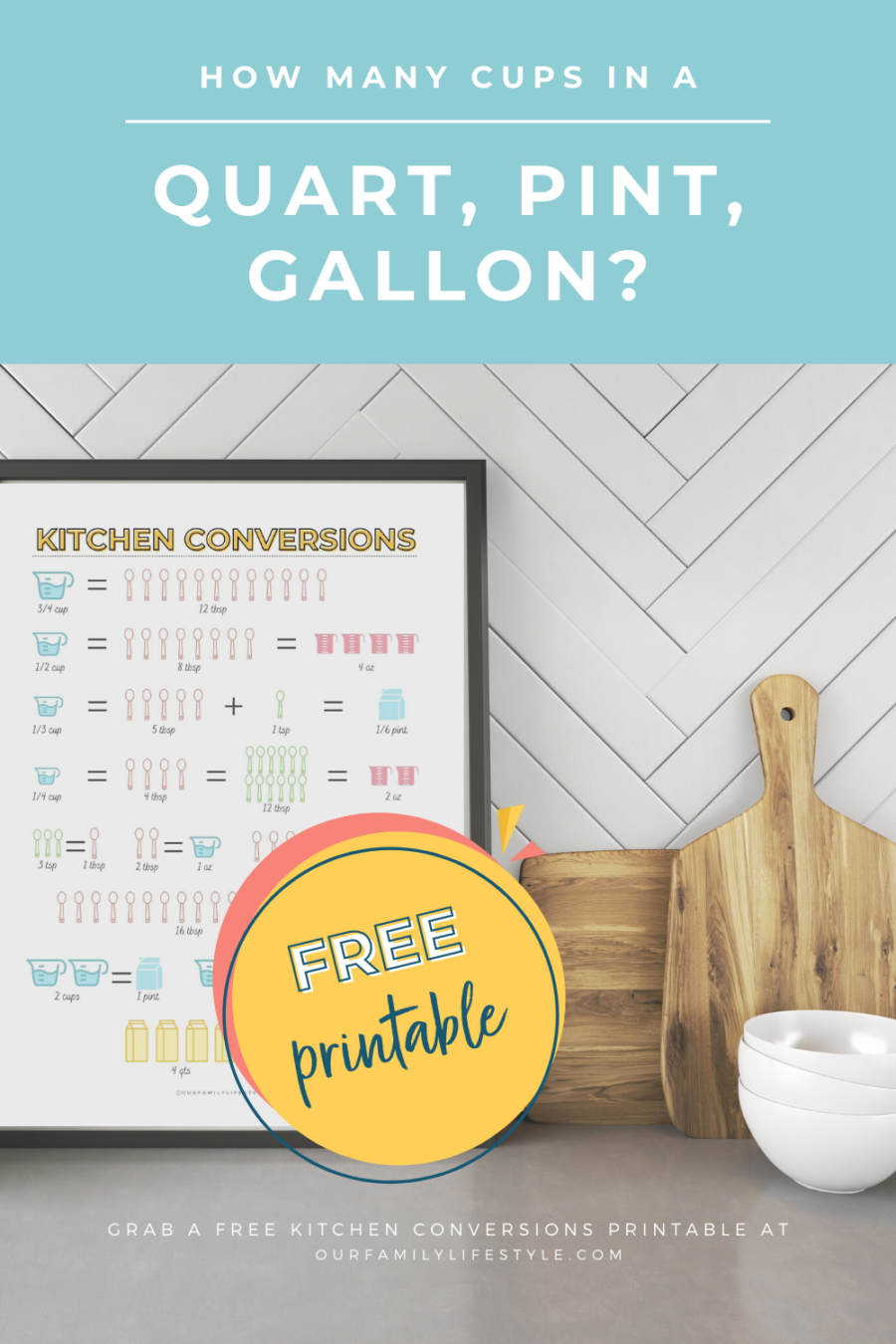
Using measuring tools to make the process easier
There are many measuring tools available that can make the measuring process easier. Some common measuring tools include:
- Measuring cups and spoons: These tools are essential for measuring both dry and liquid ingredients accurately.
- Digital scales: These tools are perfect for measuring dry ingredients accurately, as they provide precise measurements in grams or ounces.
- Liquid measuring cups: These cups are specifically designed to measure liquids accurately, and often have a spout for easy pouring.
By using these measuring tools, you can make the measuring process easier and more accurate, which will result in better dishes.
Conversion charts and resources
There are many conversion charts and resources available online that can help you convert between quarts and cups, as well as other units of measurement.
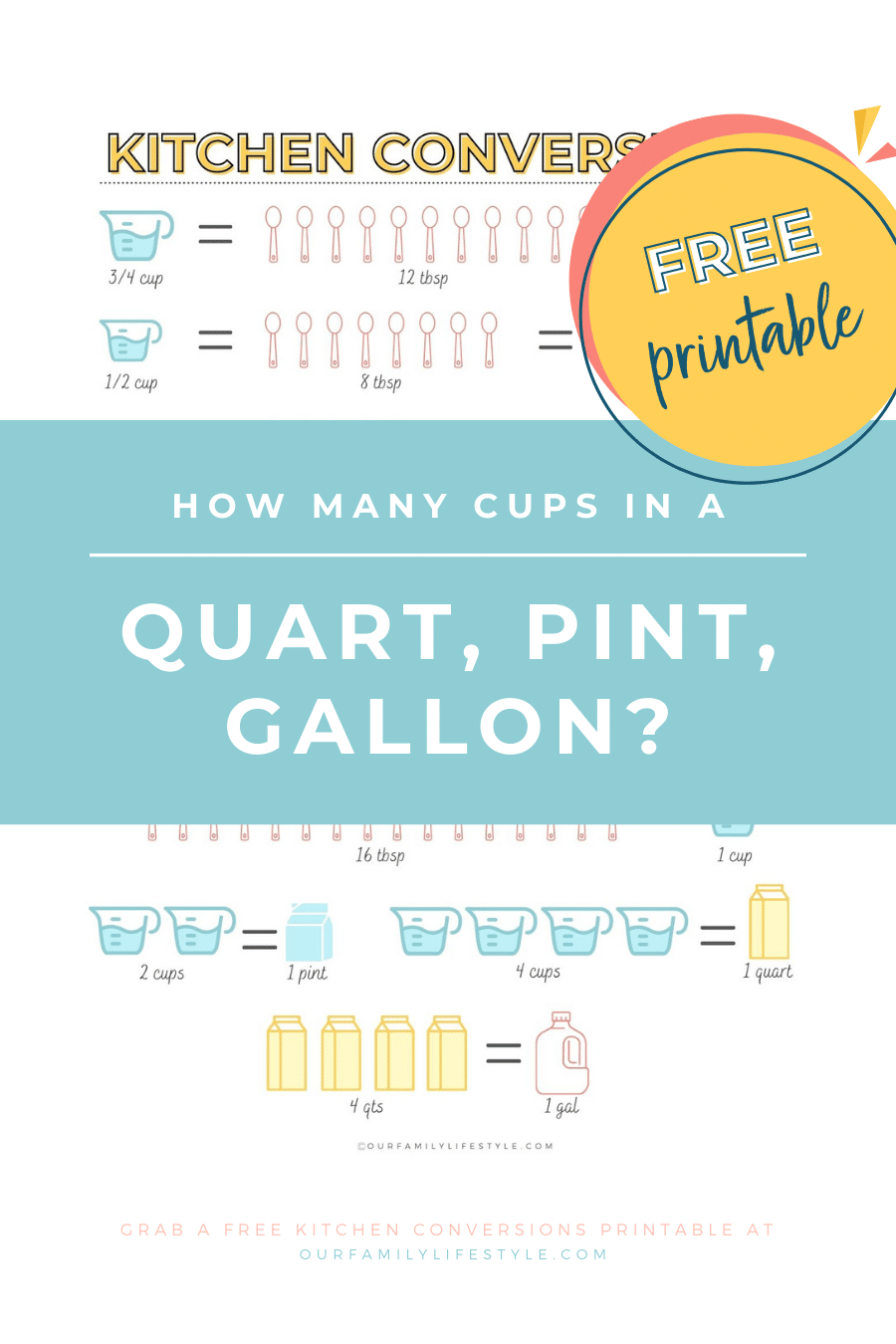
Some useful resources include:
- Online conversion calculators: These calculators can quickly convert between quarts and cups, as well as other units of measurement.
- Printable conversion charts: These charts can be printed out and kept in your kitchen for easy reference.
- Cooking apps: Many cooking apps include conversion calculators and charts, making it easy to convert between units of measurement on the go.
By using these resources, you can ensure that you are measuring ingredients accurately and producing the perfect dish every time.
Common mistakes to avoid when measuring
There are a few common mistakes that people make when measuring ingredients. These include:
- Using the wrong measuring tool: Using the wrong measuring tool, such as a dry measuring cup for liquids, can lead to inaccurate measurements.
- Not leveling off ingredients: Failing to level off dry ingredients, such as flour and sugar, can result in using too much or too little.
- Estimating measurements: Estimating measurements can lead to inaccurate measurements, which can ruin a recipe.
- Measuring over the mixing bowl: Measuring ingredients directly over the mixing bowl can result in spills and inaccurate measurements.
By avoiding these common mistakes, you can ensure that you are measuring ingredients accurately and producing the perfect dish every time.
Conclusion and final thoughts
Understanding how many cups are in a quart is essential for anyone who loves to cook. By mastering the conversion between quarts and cups, you can ensure that you are measuring ingredients accurately and producing the perfect dish every time.
Whether you are a seasoned chef or a beginner in the kitchen, these tips and tricks will help you to become a master of measuring. So next time you are in the kitchen, remember to measure twice and cook once!
This product presentation was made with AAWP plugin.

